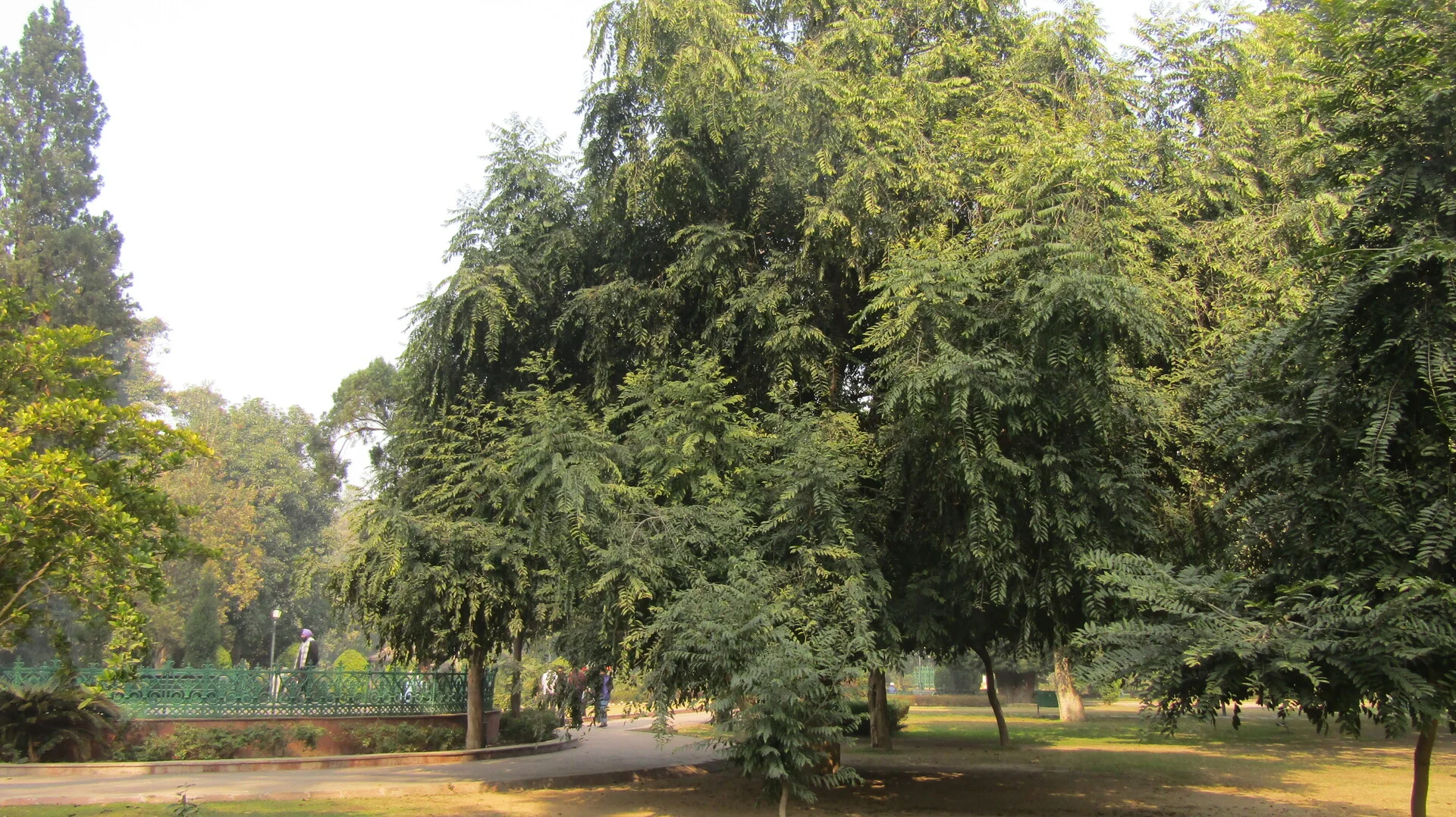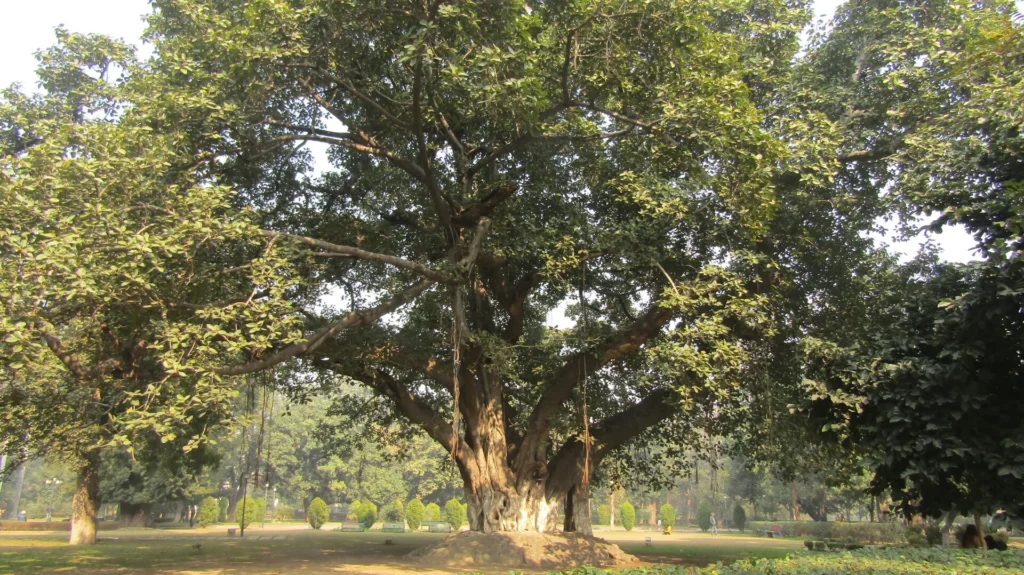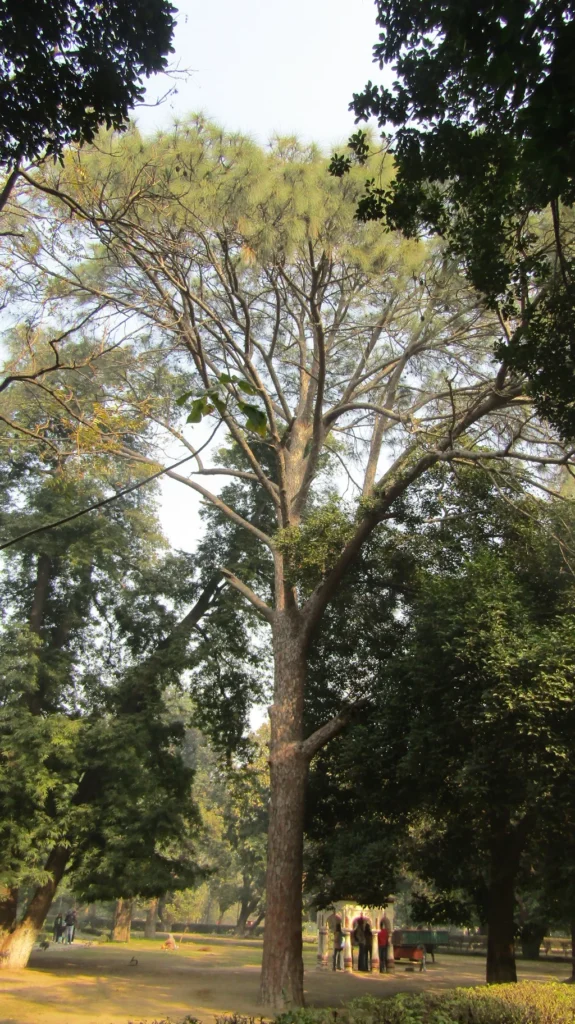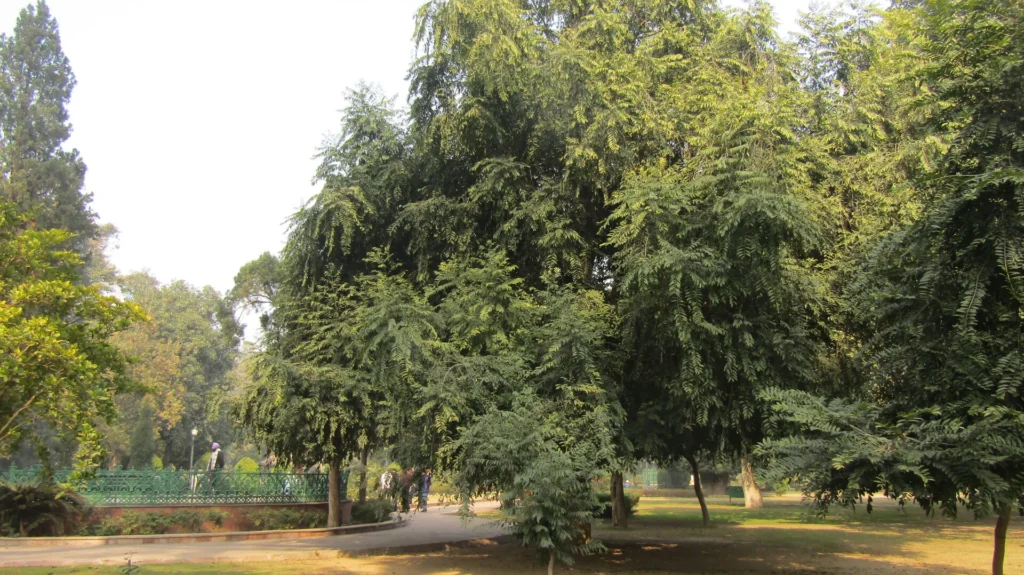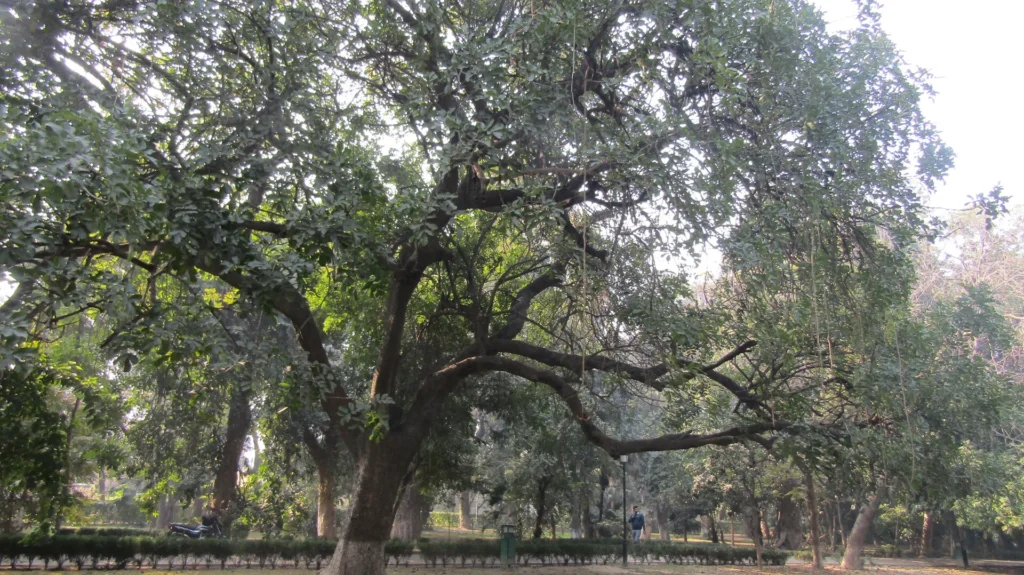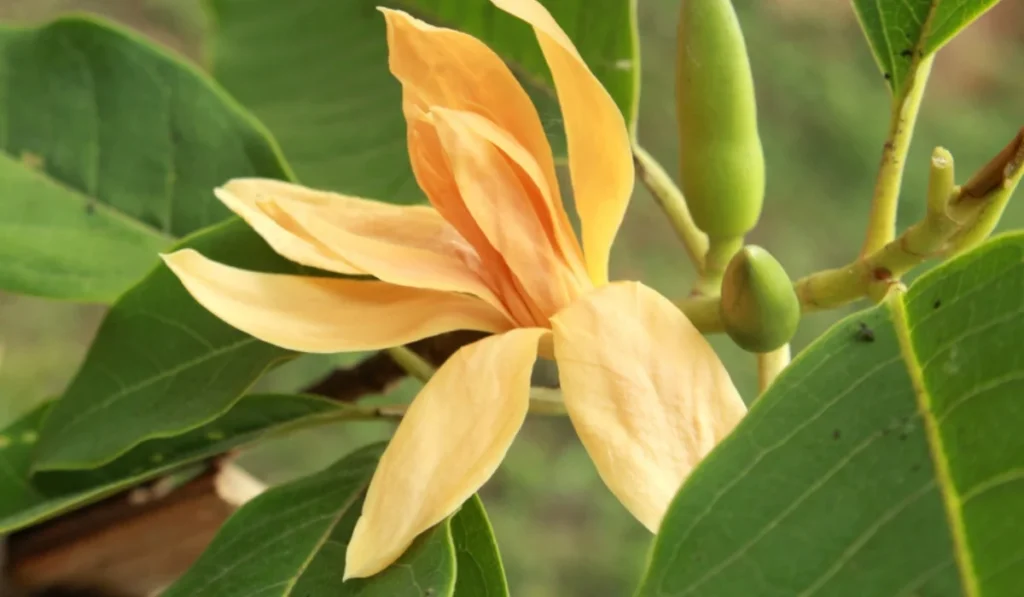Putranjiva is a plant genus of the family Putranjivaceae, first described as a genus in 1826. It is native to Southeast Asia, the Indian Subcontinent, Japan, southern China, and New Guinea.
- Kingdom: Plantae
- Characteristic feature :Tracheophytes
- Type of seed : Angiosperms
- Order: Malpighiales
- Family: Putranjivaceae
- Genus: Putranjiva
- Species: putranjiva roxburghii
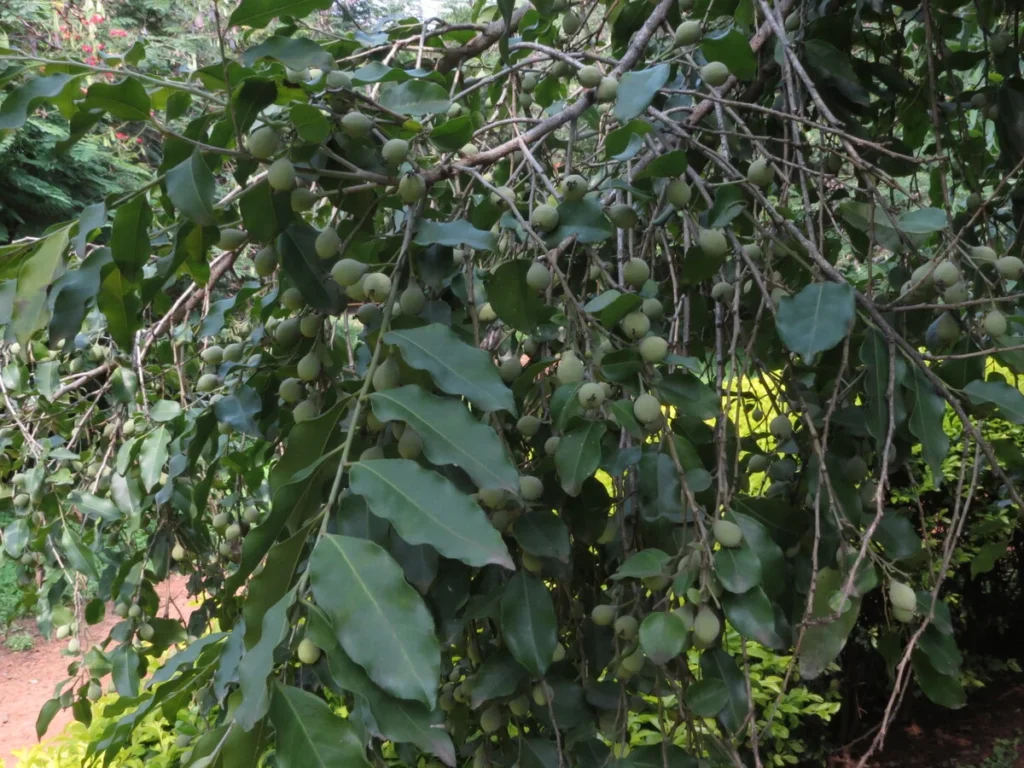
Appearance and Growth:
The Putranjiva roxburghii tree typically reaches a height of 15 to 20 meters. It has an upright and rounded crown with dense foliage. The leaves are glossy, elliptical, and arranged in an alternate fashion along the branches. The tree produces small, inconspicuous flowers that are greenish-yellow in color. Following pollination, the tree bears small, fleshy, berry-like fruits that turn red when ripe.
Cultural and Medicinal Uses:
In various cultures, Putranjiva roxburghii holds cultural significance. The name “Putranjiva” itself suggests its association with promoting the birth of a male child. In traditional medicine, different parts of the tree, including the leaves and bark, are used for their potential therapeutic properties. The plant is believed to have antioxidant, anti-inflammatory, and antimicrobial effects.
Habitat and Growing Conditions:
This species thrives in tropical and subtropical climates. It is often found in forests, along riverbanks, and in other natural habitats. The tree is adaptable to different soil types, but it typically prefers well-draining soil. Putranjiva roxburghii is relatively hardy and can withstand drought conditions once established.
Conservation Status:
While not considered globally threatened, Putranjiva roxburghii faces habitat loss due to urbanization and agricultural expansion in some regions. Conservation efforts are essential to ensure the sustainable survival of this species.
Daily Use Case
Putranjiva roxburghii has a rich history of utilization in traditional practices across diverse cultures. In the realm of Ayurvedic medicine, various components of the plant, such as leaves and bark, have been harnessed for their perceived medicinal virtues, with a particular emphasis on enhancing female reproductive health. The plant’s reputation extends to fertility promotion, where it is believed to address reproductive issues in women.
Furthermore, extracts from Putranjiva roxburghii have found application in traditional remedies targeting skin disorders, with the plant’s properties thought to encompass anti-inflammatory and antibacterial attributes. Beyond this, the plant plays a role in wound healing, with pastes or extracts derived from its different parts applied topically for their purported efficacy.
Culturally, Putranjiva roxburghii holds significance in specific regions, finding a place in religious ceremonies and rituals. However, it is crucial to approach its traditional uses with a degree of caution due to the limited scientific research validating its efficacy and ensuring safety. As with any botanical remedy, seeking guidance from healthcare professionals becomes imperative before contemplating medicinal applications, thereby bridging the traditional and modern perspectives on the potential benefits of Putranjiva roxburghii.

